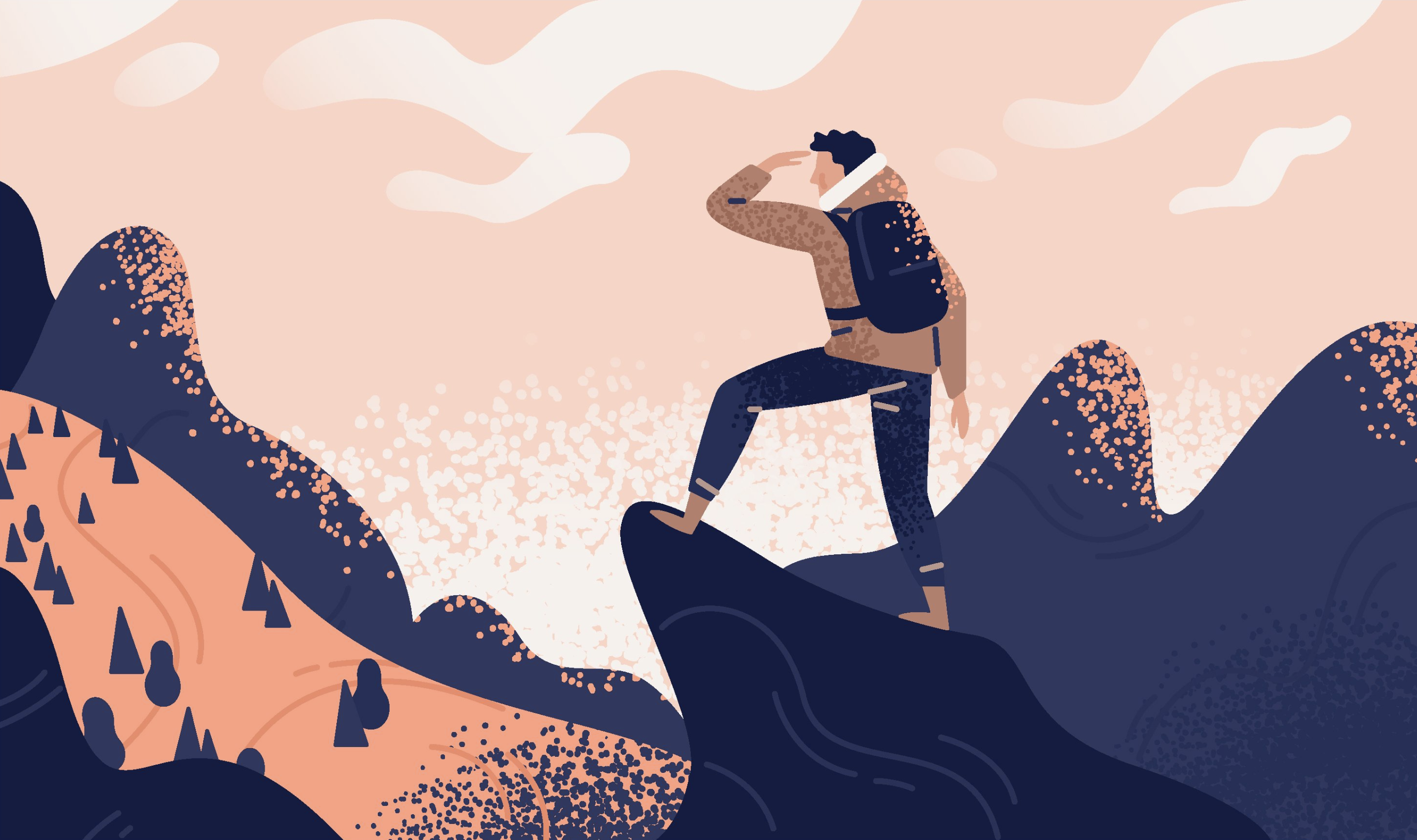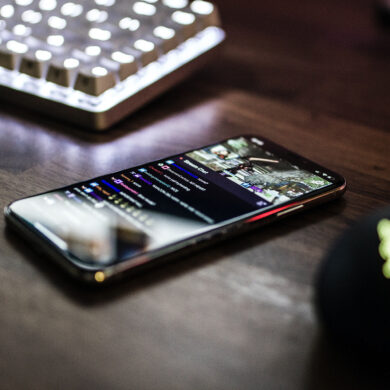Discovery is a foundational step in the product design process. We need to ensure the product or feature we’re building meets user needs and expectations. However, different situations call for different methods and it isn’t always clear which arrow you should pull from your quiver to get the job done. For my post this week we’ll go over a few different research methods and when to use them.
User Interviews
Pros:
User interviews are probably the default method for most designers — In-depth, one-on-one interactions with users to understand their needs, preferences, and experiences. Interviews are great at the beginning of the product development cycle. They build empathy quickly with the user and can cover a broad range of topics (usually some you didn’t expect). Interviews have the potential to offer deep insights. There’s nothing like getting the “whys” answered directly from the source.
Cons:
Be careful not to generalize these one-on-one interactions to the broader audience. You’ll need more than the small sample size of one or two interviews to understand decisions happening on a large scale. Also, done correctly, interviews can be time consuming. You’ll need to find suitable users that are willing to give up their time, prepare questions, get feed back from the group, and then obviously conduct the actual interview. If you’re looking for quick feedback surveys or questionnaires might be the way to go.
Surveys and Questionnaires
Pros:
Ideal if you’re collecting quantitative and qualitative data from a large number of users or potential users. They are also particularly useful when you’re dealing with geographically dispersed user groups. If the design team has certain assumptions about user preferences or behaviors, a survey can provide data to confirm or refute those assumptions. Because this method can be implemented at a large scale the data gathered is usually more reliable.
Cons:
A poorly formulated survey/questionnaire can give you bad data. It’s crucial to design them carefully to avoid leading questions, ensure that they are not too lengthy (which might lead to drop-offs), and interpret the data with caution, especially if the sample isn’t representative of the entire user base. As with all research methods, it’s beneficial to use surveys in conjunction with other techniques to get a comprehensive understanding of users and their needs.
Observational Studies
Pros:
Also known as shadowing, observational studies give designers the opportunity to watch users interact with products in their natural environment to understand their behavior, challenges, and preferences. In my opinion this is probably the most genuine feedback/information we can get from the user. It’s a completely unbias look at how our uses are interacting with the product. This works well when coupled with interviews so you can gain insight and context into the decision you’ve observed your users making.
Cons:
Sometimes (if users know they’re being watched) they can change their behavior. Known as ‘The Hawthorne Effect’ this can tilt the data you’ve gathered. In the past, and especially in a world where most of us work remote, I’ve found that screen-sharing can really come in handy and is less intrusive for the user than someone literally looking over their shoulder.
Workshops
This category should probably be a post in and of itself – there are way too many workshop activities to dive into each one but generally, engaging users in workshops is an effective way for us to involve them in the design process, gather feedback, identify needs, and co-create solutions.
Pros:
Workshops are highly collaborative and great for team-building. They enable discussions with a diverse group of users and give us as designers an avenue to gather opinions, beliefs, and attitudes about a product. They have the ability to create an environment for intensive focus on a specific issue or challenge, allowing for rapid ideation, prototyping, and problem-solving.
Cons:
Workshops are fun, but a poorly planned one is waste of time for the entire group. Be sure the right people are participating – getting the wrong group will end up in wasted time and that wasted time can come a huge costs. Facilitators, venues, materials, and sometimes even external experts are sometimes needed to make workshops worth-while. When participants are from different locations, travel and accommodation expenses can also accrue.


